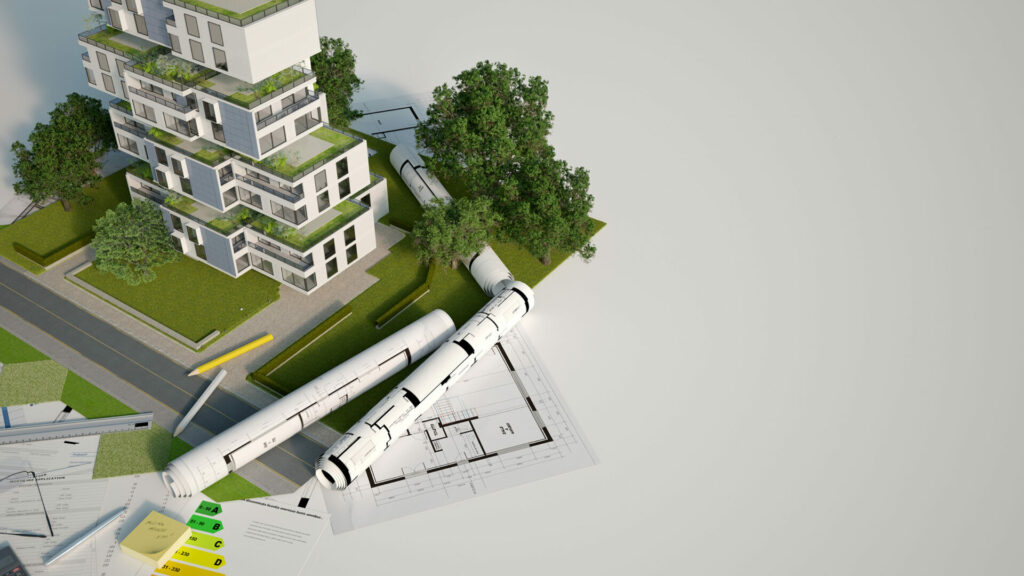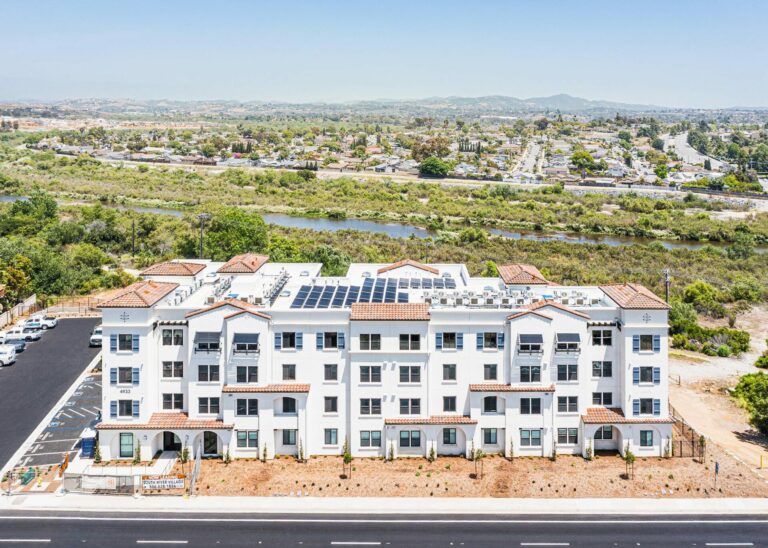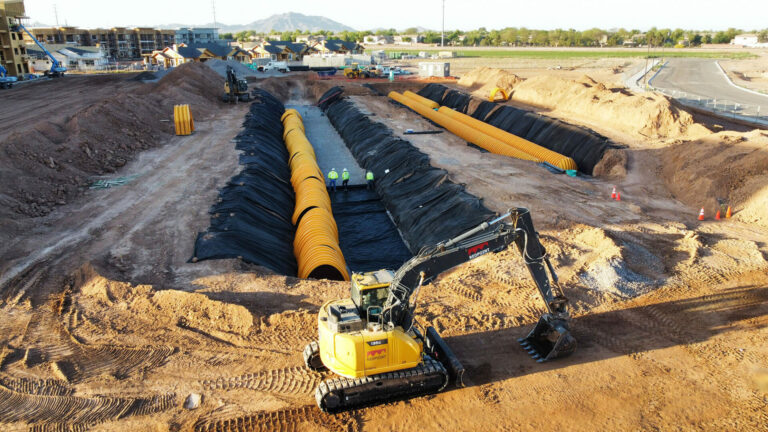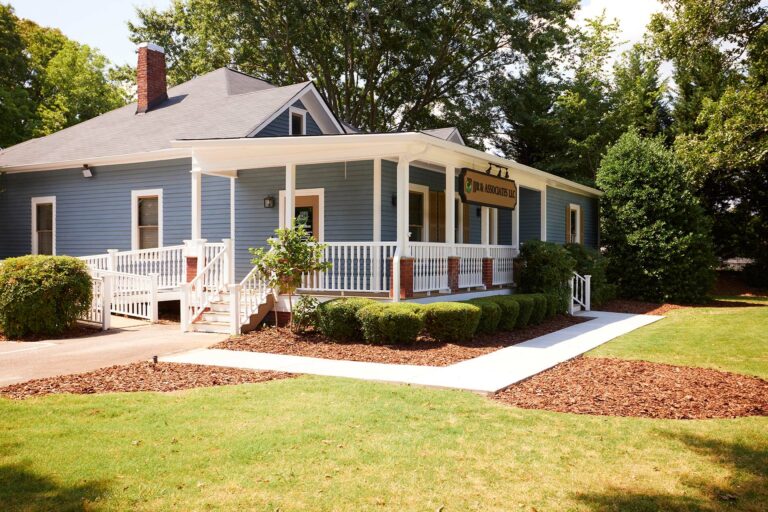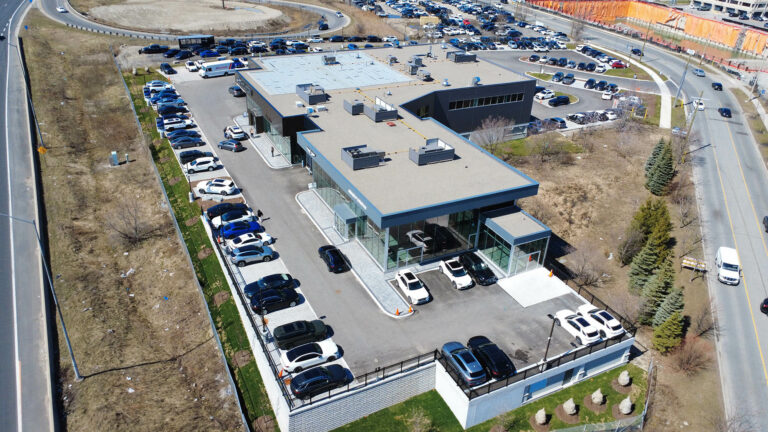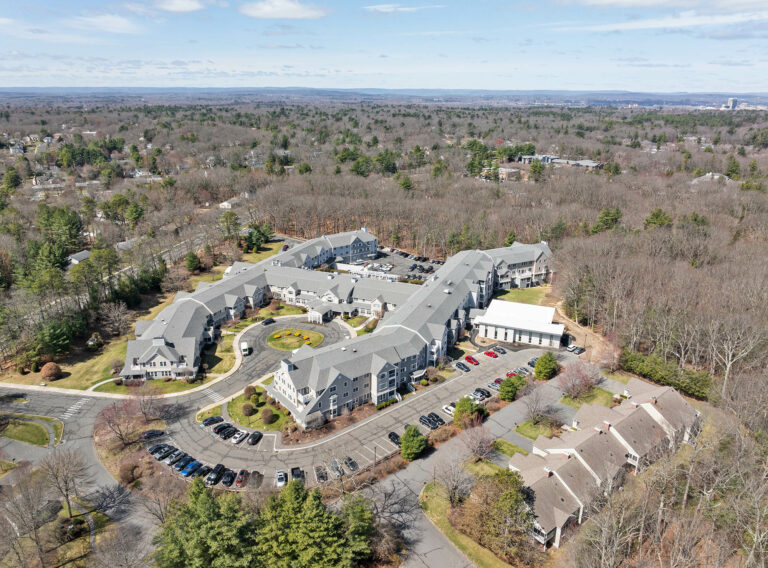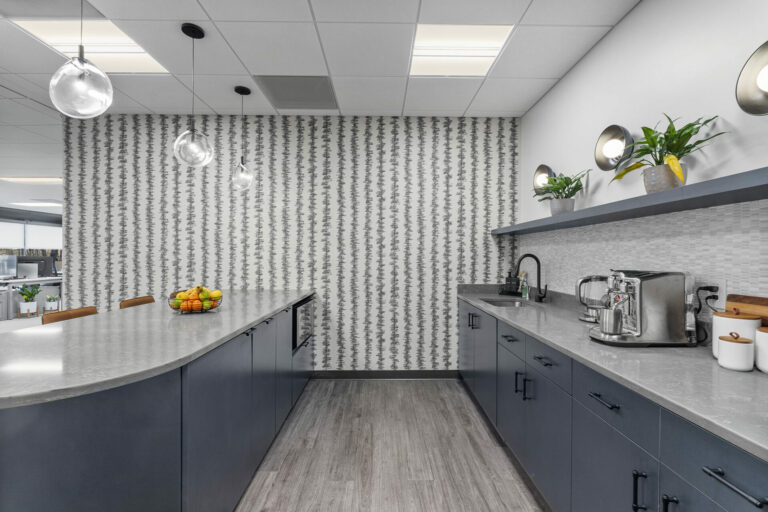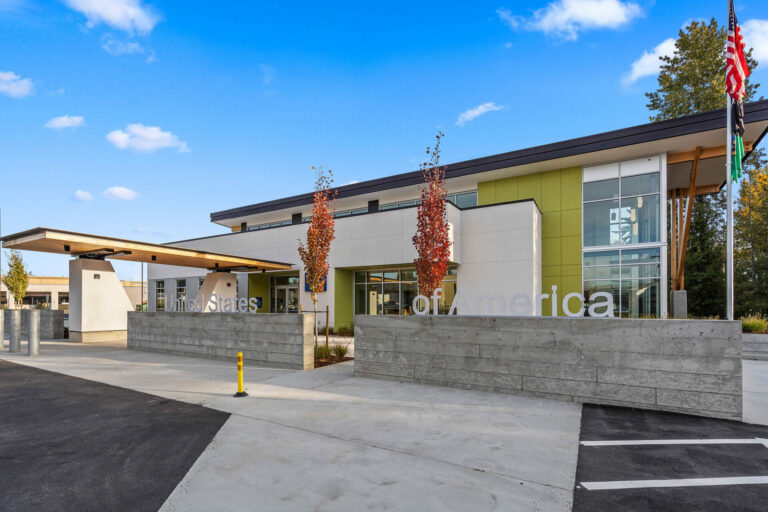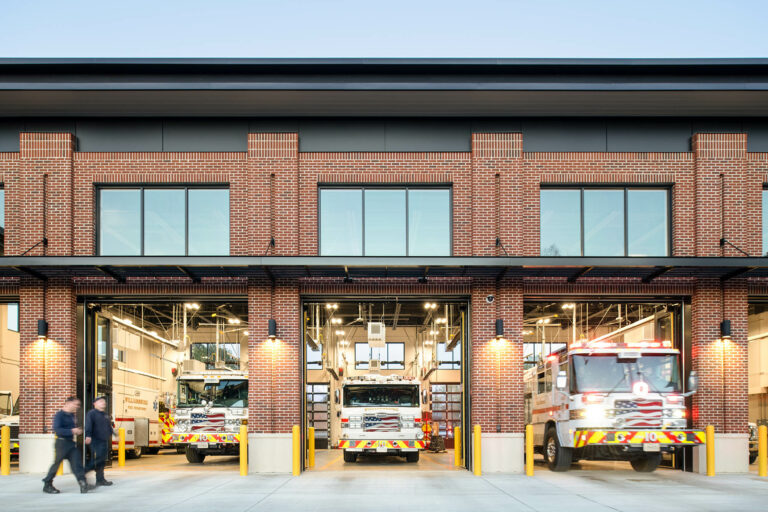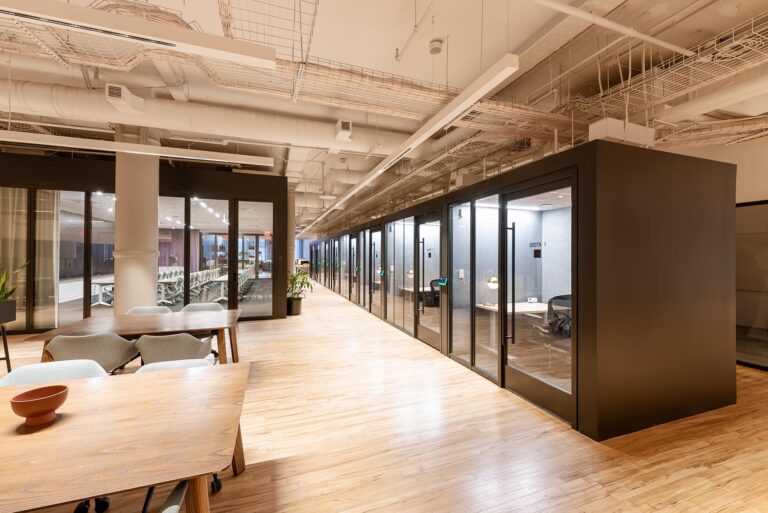The construction industry has long been recognized as one of the biggest contributors to positive change in modern society. With an innovation and growth orientated mindset, it is impossible to imagine a world without design, or architecture, or building work of every other kind. With anything in this world however, balance is always needed. Just like the cyclical nature of business, the planet and its seasons bring change and adaptation. With geographical and meteorological considerations always playing a part in design, materials and locations, the planet and its built environment are intrinsically linked. As our industry continues to grow in an effort to meet the demands of the earth’s population, the need to remain environmentally neutral has never been greater. While the effects of the construction industry may well be justified by the benefit our projects and structures provide, they still need to be addressed and reduced as much as possible.
In order to reduce and remove these effects, we must start at the beginning and critically analyze our own industry. When construction is put under the microscope however, the results are a little unclear. By seeking out the single biggest challenge facing the housing and construction markets, we may end up biting off more than we can chew. Sustainability? Labor? Supply? Decarbonization? Perhaps the more appropriate question would be to ask if there is any single biggest challenge. Without jumping to negative conclusions, it seems as though the construction world is facing a number of issues, each with a viable claim to being the most pressing. Furthermore, when you add in the concerning need for more affordable housing right across North America, it looks like the housing and construction industries have their work cut out for them. In this regard, recent studies have shown that the U.S. alone is about 3 million houses short; a problem that has only been exacerbated by the pandemic. So, how do we move forward in a way that has a net positive for so many challenges?
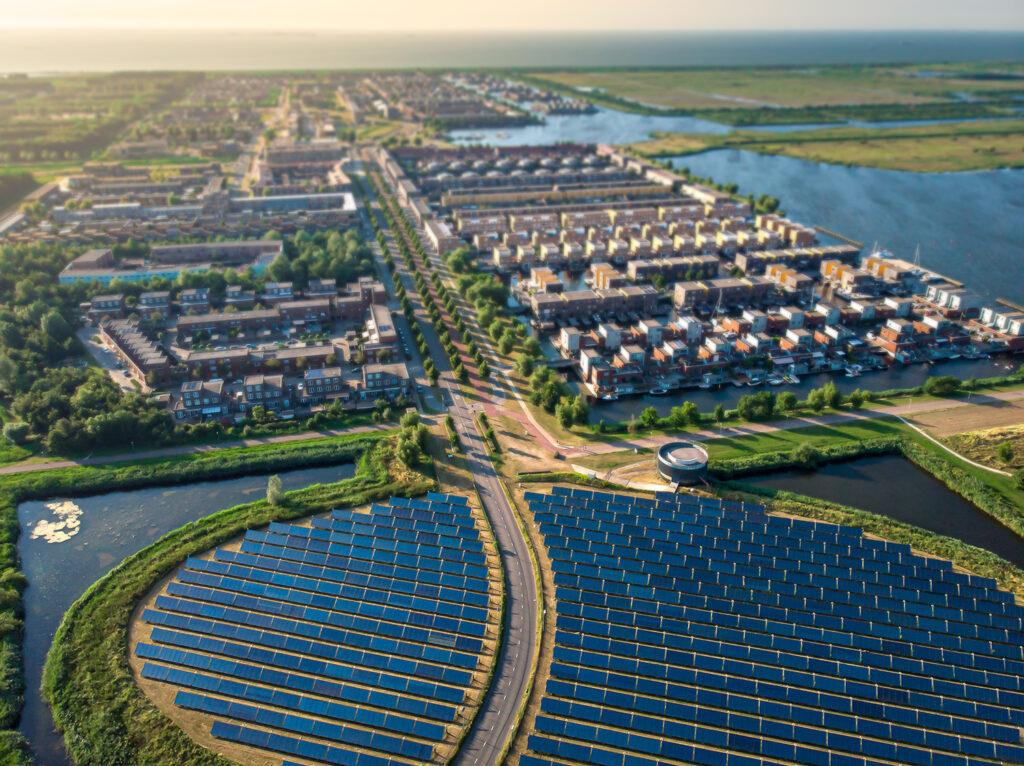
Intelligent City, a team of ambitious, open-minded, and motivated architects, designers and engineers was founded in Vancouver in 2008. The company’s mission is a simple, yet deeply challenging one; to empower people to live better urban lives. According to those at Intelligent City, this can be achieved using forward thinking and revolutionary techniques. “Through the convergence of high-rise mass timber, design engineering, automated manufacturing and parametric software, the company is introducing a sustainable, adaptable, and product-based paradigm for the delivery of urban housing solutions.” What this effectively means is that Intelligent City combine sustainable materials with cutting edge designs to offer real differences in the housing market. The company has been a “leader in innovative urban housing, sustainability, building technology and design methodology and has gained municipal approvals and broad government support for its mass timber building system and technology development.” By combining many positive and innovative systems such as automation, robotics and sustainable practices, the company is introducing an alternative to historical and out of date methodologies.
While all of this may sound impressive, the proof as always, is on the job site. Indeed, as those within the industry are well aware, it is in the real world where things really count. Cutting edge ideas do not solve anything unless they can be put into practice in a way that the industry can get behind. While buildings have a significant impact on our daily lives and the environment, the housing industry has, unfortunately, been unable to adapt and respond as yet. With a sector as vital as the built environment, it is therefore necessary that the work being done at Intelligent City goes far beyond PR. Thankfully, what Intelligent City is bringing to the market seems to have real potential though. “Our solution is a market-ready, fully integrated housing platform for mid- to high-rise mixed-use urban housing, using off-site prefabricated mass-timber, Passive House, digital design and robotic technologies.” This combination of pre-fabrication, sustainable materials and environmentally conscious design is something that has never been seen before in the housing market. Alongside the use of robotics and AI, the process genuinely seems to be addressing multiple challenges faced by the industry.
“Our solution is a market-ready, fully integrated housing platform for mid- to high-rise mixed-use urban housing, using off-site prefabricated mass-timber, Passive House, digital design and robotic technologies.”
In addition to this, the company works with its clients at all stages of the project. From a consultation and preliminary design phase right through to post-completion, Intelligent City uses relationships built with housing agencies, non-profit organizations, private owners and developers to ensure that it has the required knowledge base and skill-set to complete projects to the highest standards. This six-step process covers a feasibility study, schematic design, design development, virtual contract docs, prefabrication and on-site construction and finally a post-construction commissioning. What sets the company apart is that is it the main contact at every step. According to Intelligent City, “we establish a strong relationship and accompany our clients on every step from design to development, understanding that, together, we can achieve transformational change in urban design.” Evidently, this is a company that is aiming very high indeed.
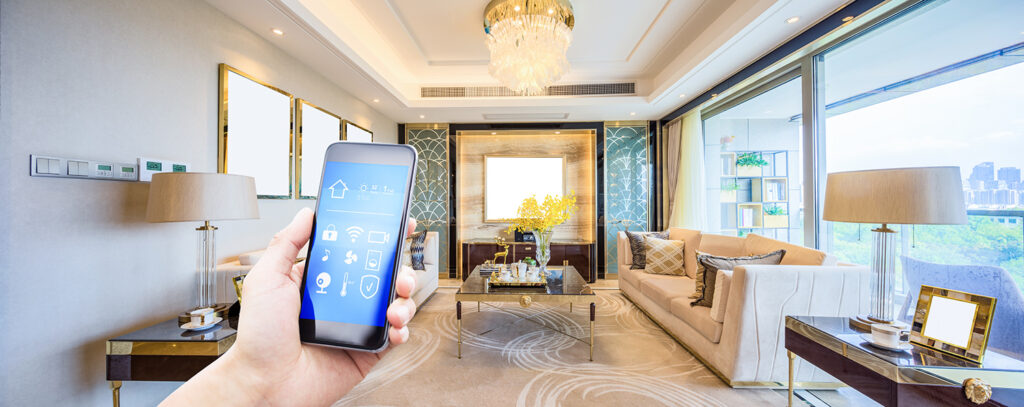
In terms of the potential benefit for clients, the evidence is beginning to mount. Take the Monad on 4th, for example. This four floor apartment block in Vancouver gave the company food for thought at its design stage. Instead of finding ways to recreate the designs and work of others, Intelligent City sought to shift the idea of what modern urban living could actually look like. “We establish a strong relationship and accompany you on every step from design to development, understanding that, together, we can achieve transformational change in urban design.”
So, what next? For Intelligent City, it seems the company is only getting started. Exciting use of robotics and next generation technology is allowing the company to work faster, smarter and cheaper, all with a highly sustainable outlook. These prefabrication robots ensure that work is completed in a way that ensures “speed, accuracy, cost efficiency and variability.” However, built into its designs is the truly innovative part. Using mass timber materials and forward thinking assembly methods, the company is future proofing its buildings so that they can remain efficient and resilient in years to come. “We establish a strong relationship and accompany you on every step from design to development, understanding that, together, we can achieve transformational change in urban design.” Whatever challenges the housing and construction markets throw up, however the road twists in an industry that is never straightforward, it is clear that Intelligent City is working overtime to ensure these are met head on. What’s more is that, with one eye on the latest technologies and most environmentally friendly materials, the company is now in a position to find innovative solutions to problems that the industry is yet to face. How Intelligent.









